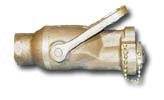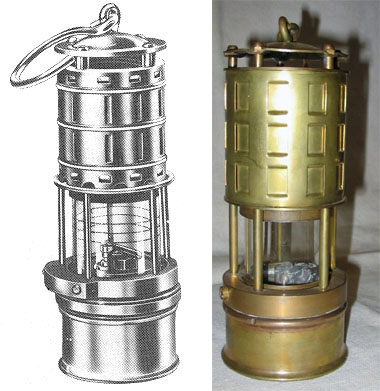| The DC shoring chest was a large sheet metal chest
containing the tools necessary to complete emergency
shoring repairs. The chest measured 18 by 24 by 36
inches and was fabricated from 16-gauge sheet metal. It
weighed about 80 pounds, depending on the presence of
sand, wedges and nails that were used in training
scenarios until replaced. The chest had three
compartments. The first contained various wedges of
specified sizes to match common shoring widths. The
second included one 1-inch cold chisel, one firmer
chisel, one caulking iron, two 20-ounce claw hammers,
one half hatchet, one lathing hatchet, eight adjustable
clamps (four each 6- and 8-inch), one 5-pound box of
16D, one 10-pound box of 20D, and one 10-pound box 30D
common steel nails, one 6-foot carpenter’s folding rule,
a 50-foot steel tape, 5 pounds oakum, one 1-pound ball
of marlin, two 5-pound spike mauls, one 10-pound sledge
hammer, one 75-foot sounding tape, one carpenter’s
square, and two 26-inch crosscut saws. The third
compartment contained ten 2 by 4 by 12-inch blocks of
wood, two flashlights (or one electric hand lantern) and
one 5-pound bag of sand. The main locker could provide
items not included in the damage control shoring chest.
One such item was a 50-foot, explosion-proof safety
light for emergency lighting, which was often rigged due
to loss of electrical power in the space. For measuring
and cutting wooden shores, two shoring battens (for
shores up to 7 and 12 feet) and an electric, 10-inch
circular saw and a 50-foot extension cable were
available. Wooden shores (4 by 4 inches by 12 feet, 6 by
6 inches by 12 feet, and 2 by 12 inches by 10 feet
planks) were generally stored in passageways above the
water line on the damage control deck. Six personnel
were required to transport shoring materials to the
scene or staging area. Two personnel were needed to
transport the DC shoring chest. Each timber weighed from
43 to 63 pounds, requiring four personnel to transport
them. |




